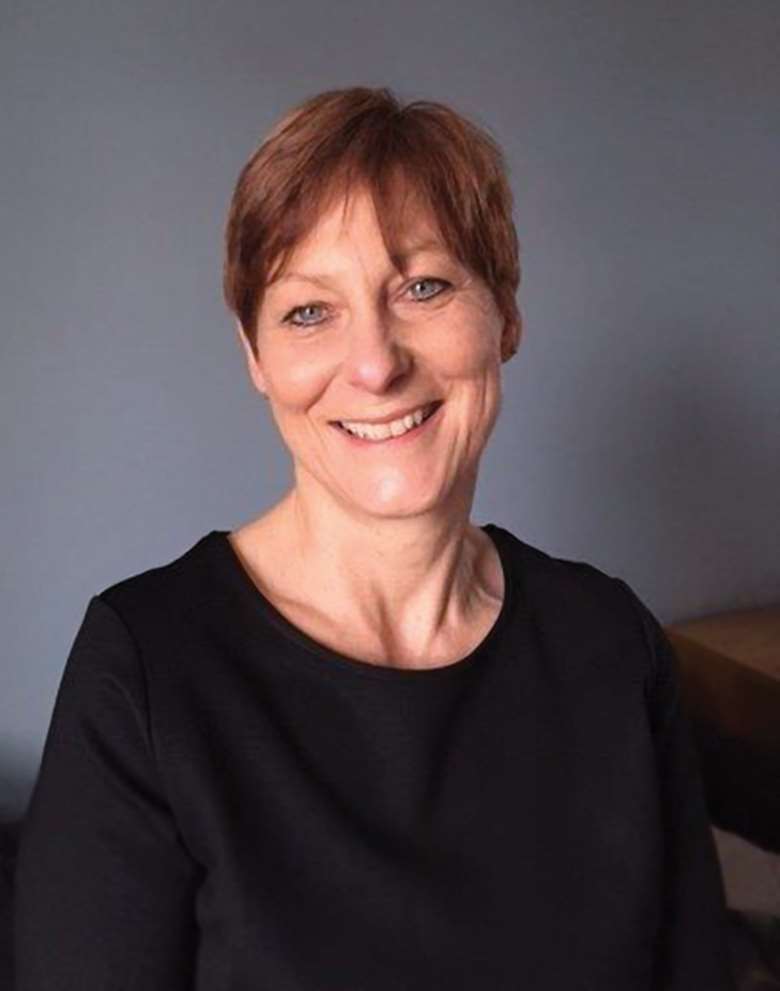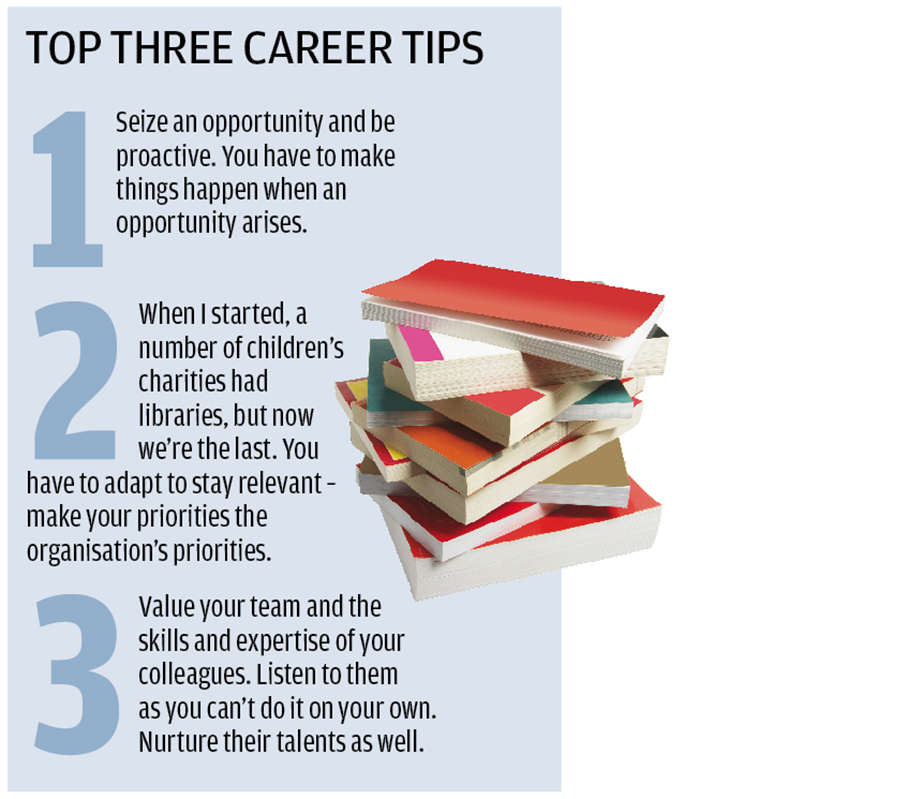Karen Childs Smith: How I Got Here
Karen Childs Smith
Monday, April 29, 2019
Karen Childs Smith, head of knowledge and information at NSPCC Learning, discusses her career.

A listening librarian
I did a degree in librarianship, qualifying in 1991. I had a temporary job in the National History Museum but realised I wanted to specialise in the education sector and landed a job with the Inner London Education Authority, formerly the Greater London Council.
This involved working in further education colleges in north and south London boroughs. I enjoyed working with the 16- to 19-year-olds. You're not their parent or lecturer but many of them shared their problems with me because I was available and accessible. I developed relationships with them over time and it opened my eyes to some of the problems children and young people have and how they achieved despite that.
Part time pioneer
I'd always supported the NSPCC, so when a job as a librarian there came up I had to go for it. The role was a job share, which suited me as I had two young children. It started off as a two-year fixed term role but became permanent after a year. Job shares were rare then, particularly for senior positions, and I ended up doing that for 13 years.
Job sharing taught me that while different people have different approaches to performing a task, as long as you have the same vision and are honest with each other it doesn't matter.
Job sharing also makes you very efficient - it enabled me to continue my career and have time at home so I got the benefit of both worlds.

Moving with the times
When my job-share colleague left in 2009 I took up the role full time. The core of the role hasn't changed much: it involves disseminating learning and providing services that support professionals so they can protect more children.
What has changed however is how we use technology. In the early days we had no website and only one computer across the team, enquiries were taken on the phone and information printed out and posted.
Now everything is done via the NSPCC Learning section of the website. Most resources on it are free and we also compile and distribute an e-newsletter to 52,000 subscribers. At the heart of it is the library database of learning resources.
A love of learning
Learning in our role is essential and it is a critical part of any children's professional's life. However, social workers and teachers are really busy and don't have the time to read a 50-page report, so we try to summarise the key findings over four pages. We do that for example with the thematic briefings for serious case reviews. I think that encapsulates what's important for us.
I have stayed here so long because the cause is so important. I aim to be the best we can - there's no point in being mediocre - so that when professionals come to us for information they know they can rely on and trust in it.
The audience is changing and as we connect more with a younger audience we are thinking of new ways of getting information across such as using social media more.




